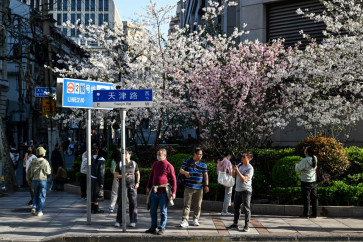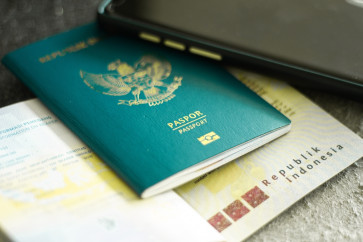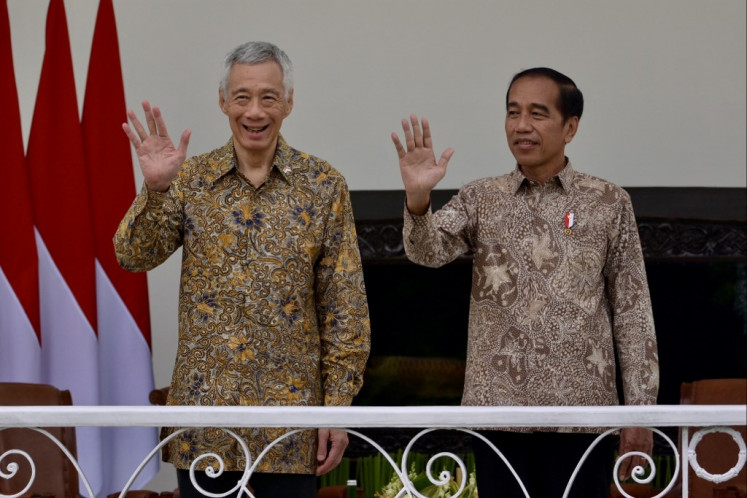The Jakarta Biennale in the face of history
The origin of the biennale started in Venice in 1895, two years after the City Council proposed the founding of a "biennial national artistic exhibition" to celebrate the silver anniversary of King Umberto and Margherita of Savoy
Change Size

The origin of the biennale started in Venice in 1895, two years after the City Council proposed the founding of a "biennial national artistic exhibition" to celebrate the silver anniversary of King Umberto and Margherita of Savoy.
Another version has it that Venice was in a sorry state, lacking financial support to counter the physical deterioration of the city. Art was going to get the necessary means for the construction of a blooming Venice.
Whatever the reason, today the Venice biennale is widely regarded as the most prestigious and important art event on the international contemporary calendar.
In the European realm, other cities followed suit, not necessarily to improve the city, but certainly that was part of it, and they came almost a hundred years later.
The Donna Biennale in Italy, now in its 13th edition, Manifesta's seventh edition, the Berlin Biennale's sixth edition, and the Brussels Biennale's first edition.
To date, there are about 200 biennales held around the world, which attracted thousands of art tourists last year. Interestingly, the oldest biennale in Asia is considered to be Busan, which dates back to 1981.
But the history of the Jakarta Biennale reveals that in fact, Jakarta started its first visual arts event in 1968, the oldest active in Asia.
The evolution of the Jakarta Biennale throughout the decades makes for a fascinating story, probably unequalled by any other in Asia, with artist movements and new modes, as well as the establishment of the Taman Ismail Marzuki art center and the Jakarta Arts Council impacting on the course it took.
From the Painting Exhibition in 1974, to the All Indonesia Artists Exhibition in 1975, to the Young Artists Biennale in 1977, and lapsing back to the Fifth Grand Exhibition of Indonesian Paintings in 1982, 1984, 1987 and 1989, to undergo major changes in 1993 with the Jakarta Visual Art Biennale IX, when curator Jim Supangkat introduced new modes such as installations. But Biennales X and XI were again about painting, and Biennale XII, scattered over various venues, did not stir the public.
Now, as Jakarta Biennale XIII has taken on another course with public activities and participation, and an international exhibition, the question arises whether it has risen up to the standard of an international biennale, and if it has, will it be able to capture a place among the more than 200 biennales in the world and be an art tourist attraction. Surely if that was going to happen, it would need a total overhaul of the current situation in the city.
-- Carla Bianpoen









